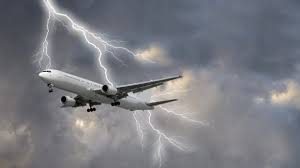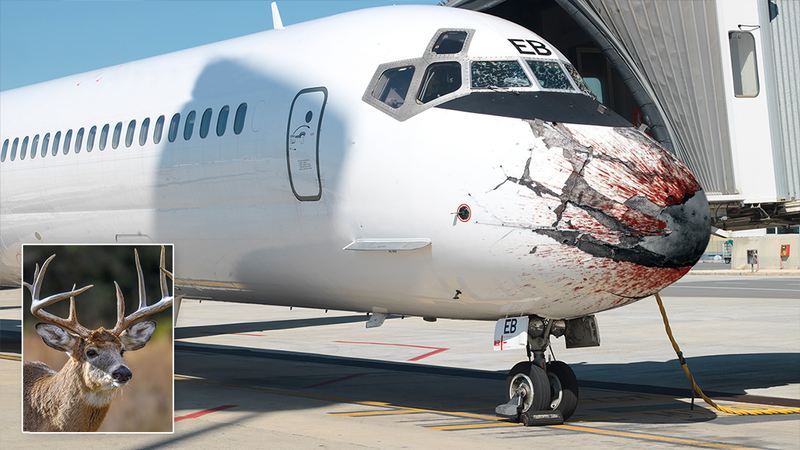Lightning is an atmospheric discharge of electricity. A lightning strike during flight can be very distressing to passengers and crew, and cause damage to an aircraft. The lightning strike very rarely compromise the safety of the aircraft. Lightning occurs as a result of a build up of static charges within a Cumulonimbus (Cb) cloud, often associated with the vertical movement and collision of ice particles (Hail), which result in a negative charge at the base of the cloud and a positive charge at the top of the cloud. Beneath the cloud, a…
Category: Flight Safety
Interesting Facts about Thunderstorms: Indian Subcontinent
Thunderstorm is a severe weather phenomenon, the impact of which is being increasingly felt by all the sectors of society. A knowledge of the thunderstorm climatology with respect to its frequency of occurrence, intensity, diurnal variation and duration is essential particularly in the interest of safe air navigation. In this blog we will look at distribution of thunderstorm activity in Indian region. This will help pilots, dispatchers, controllers and operators to understand most active areas and routes falling in those areas. “Thunderstorms: nature’s ultimate light show.” Thunderstorm is one of…
Mammal Strike with Aircraft: A Review
In an imperfect world perfection is not instantly available. Always expect failures — in systems and humans. Don’t let either kill you. – Jim Wetherbee Safety is top priority of the global aviation industry. Wildlife hazard management is critical to the safety of operations at airports. The airport size may vary from 500 acres to covering over 5,000 acres depending on factors such as volume of passenger traffic, number of runways, and available facilities. The airport environment provides expanses of semi-natural grasslands, creating favourable ecological habitats often neighbouring heavily urbanised…
Aviation : Combating Disinformation
With the widespread deployment and use of information communication technologies such as social media, print media, over the top (OTT) services, “information” can be accessed or even received without consent. The volume of information has increased so much that at times it is difficult to differentiate right from wrong. Some of the information can cause harm to individuals and to society at large intentionally or unintentionally. UNESCO has divided harmful information into three categories- The dependency on the Internet and online platforms for news and information is continuing to increase.…
Understanding Mid Air Collision
Image courtesy:- https://www.thedailyhints.com
FIXING NOTAMS
In simple words- a NOTAM should not be active for more than 3 months, and should not be replaced more than once. So if you still find old NOTAMS then the procedure is not being followed and should be questioned.
TURBULENCE IN SKY
Turbulence usually just causes a bumpy ride, but it varies widely in severity and can cause damage to the plane and injuries to the passengers and crew on board — not to mention serious fear and anxiety among flyers.
LEARN TO SAY NO
The recent helicopter crash in Iran which caused death of Iran’s President and Foreign Minister has once again raised lot of question on safety of helicopter operations. Among the escalating geo-politic tension, lot of stories are doing round, ranging from sabotage to weather to technical issues.
Passenger Behaviour During Evacuation
While air travel has been the most preferred and safest mode of travel for public for decades. Safe evacuation of all the passengers has further demonstrated the importance of crew procedures and training, together with leadership qualities, communication skills and coordination. The main idea of this article is to highlight few recurring issues that are cause of concern for flight crew.
Put the Delay on Me
There are essentially two types of pressure: actual pressure and self-imposed pressure. The first of course is real pressure, applied directly or indirectly, for the task to be completed in a given time. On the other hand, individuals or teams may feel self-imposed pressure to complete a task within a given time, even when it is not advisable or feasible.









